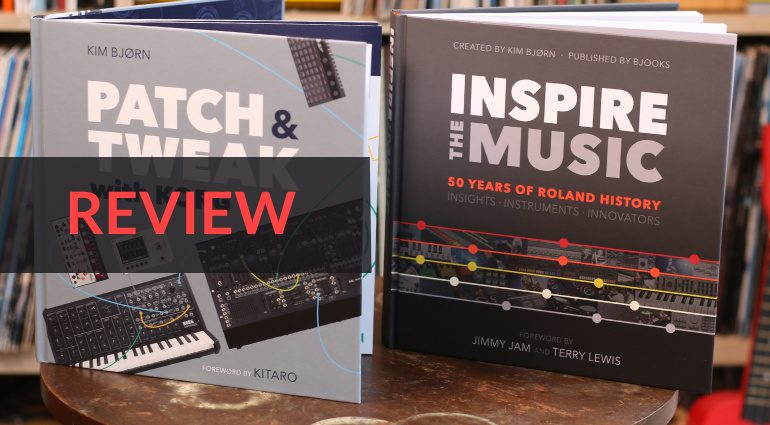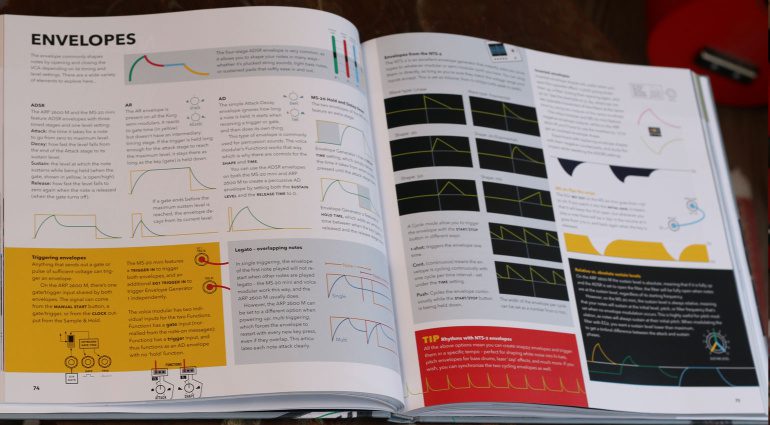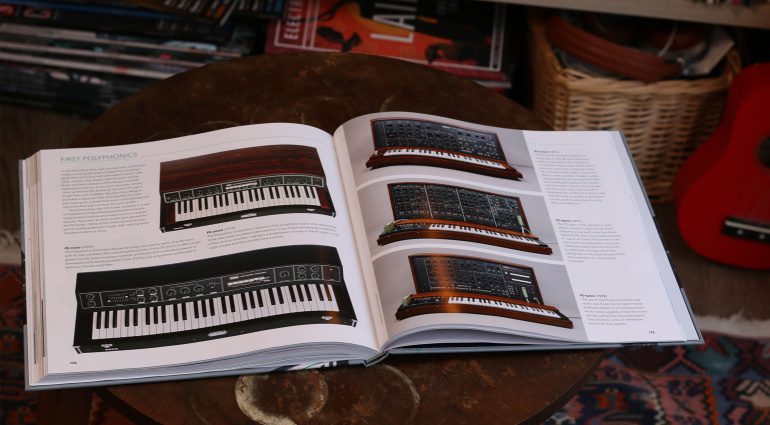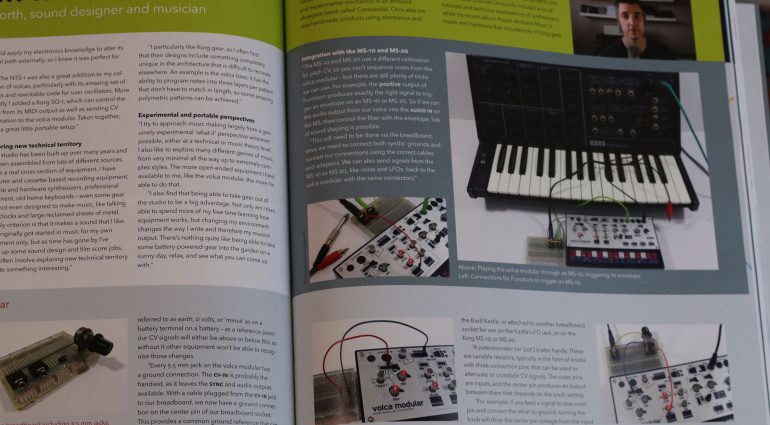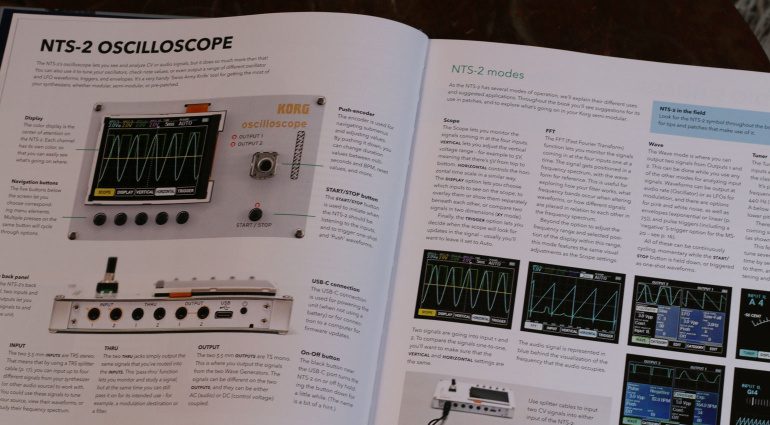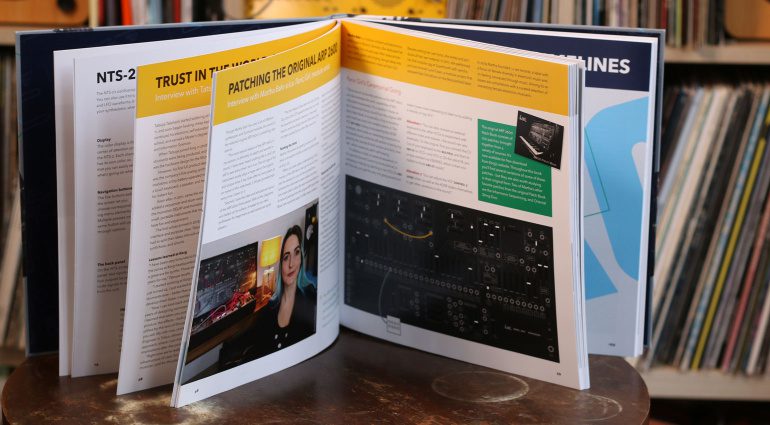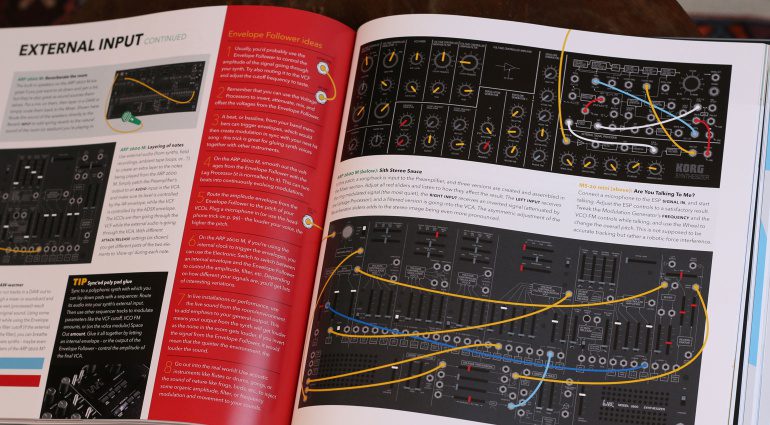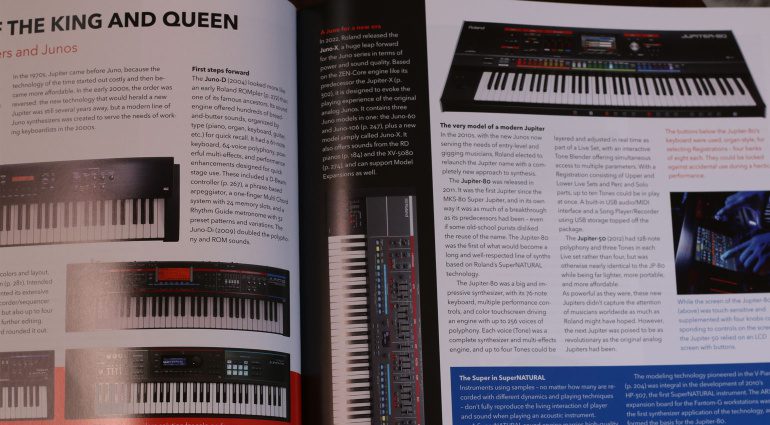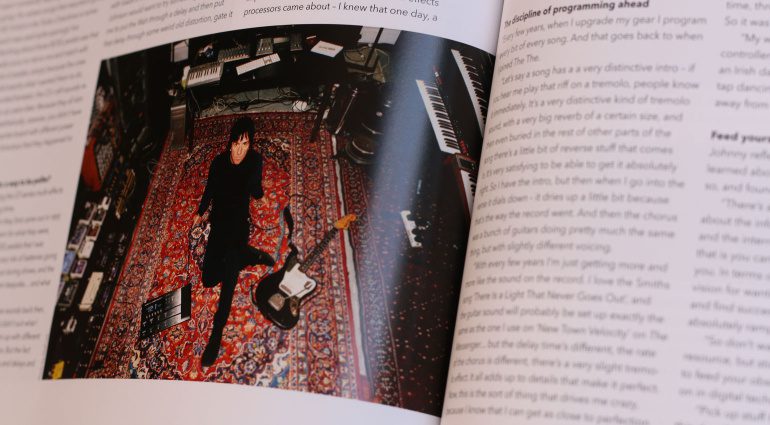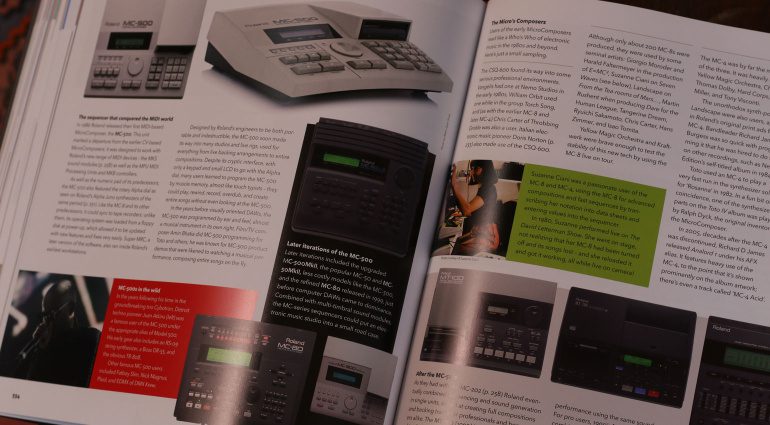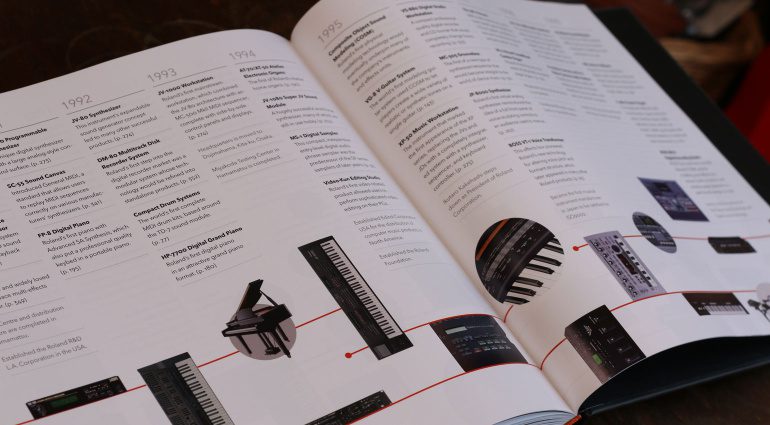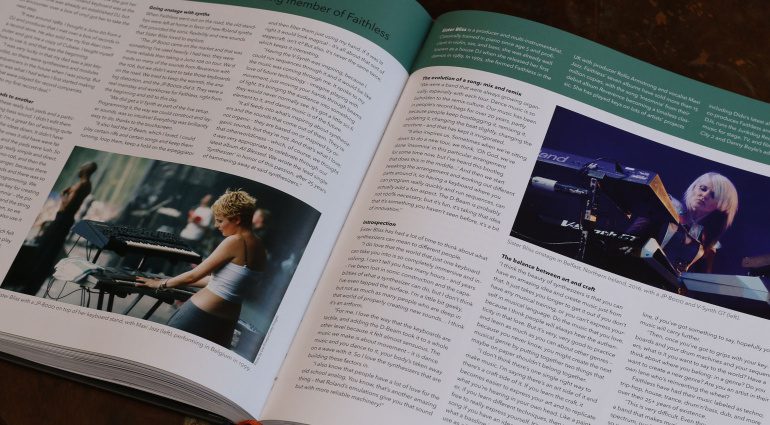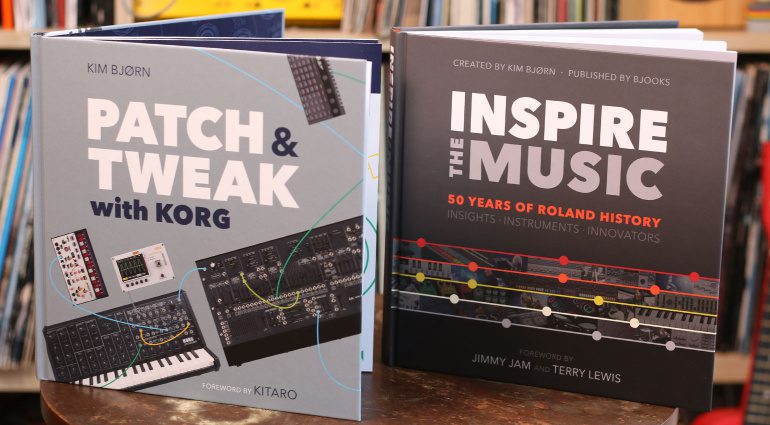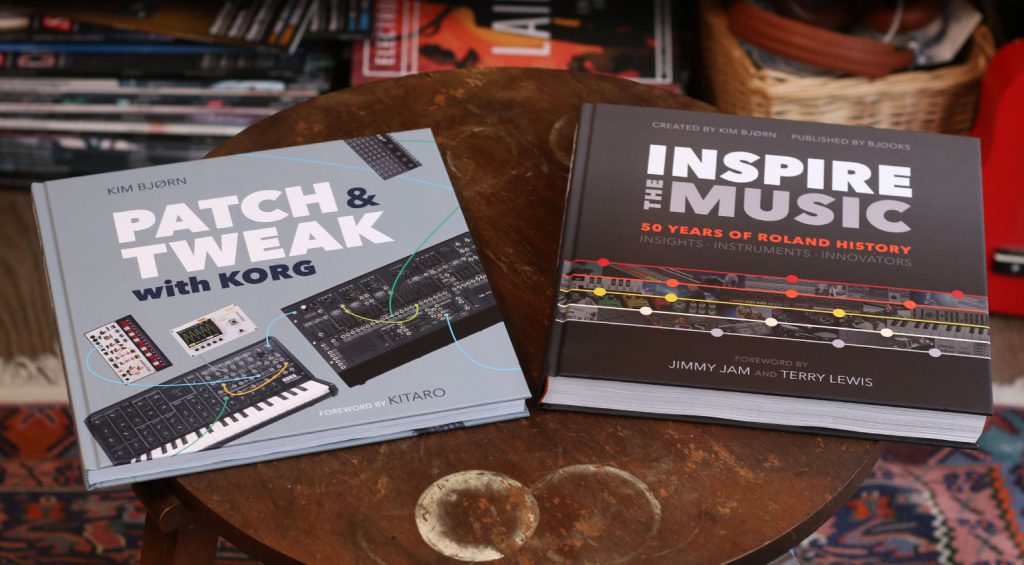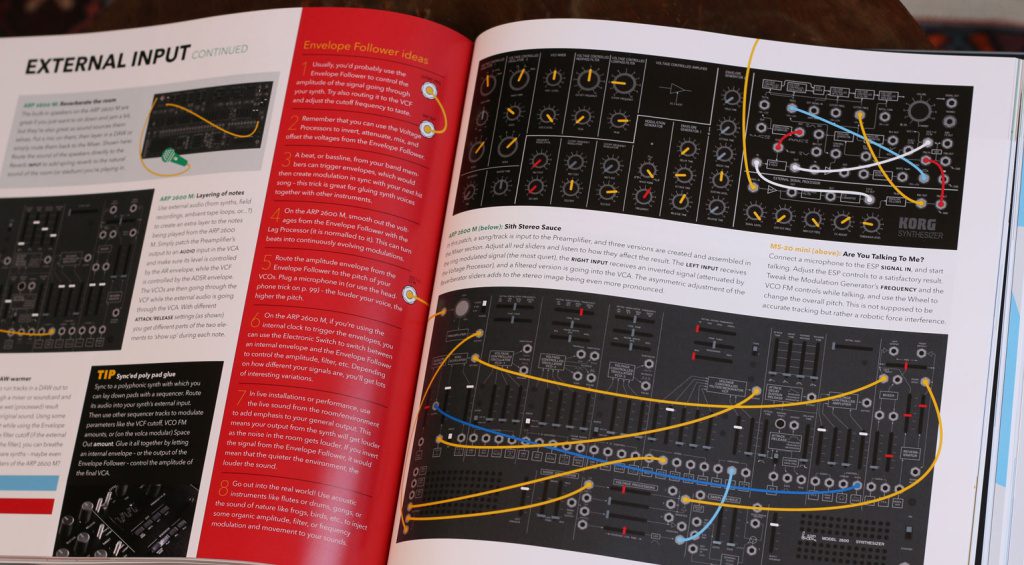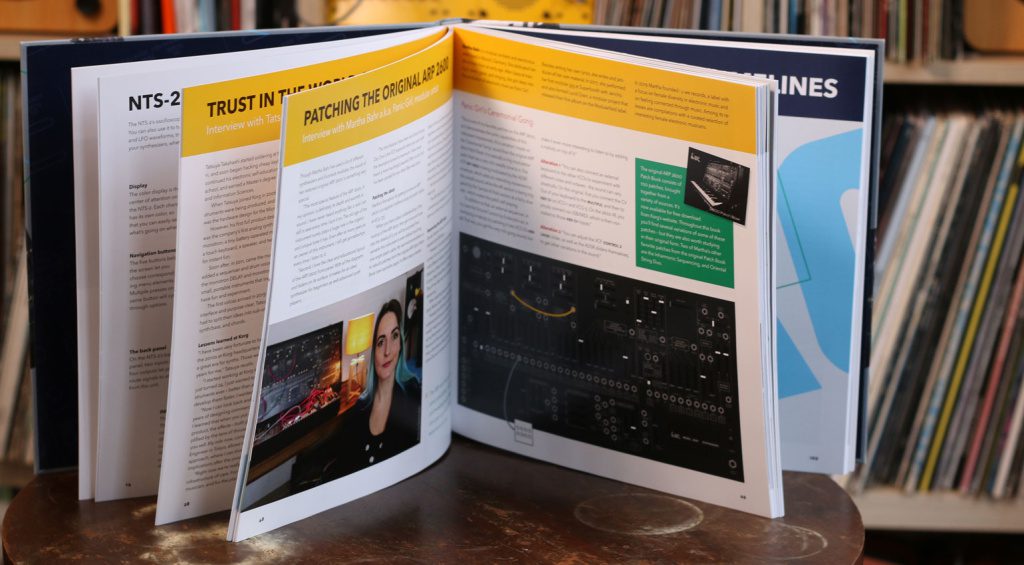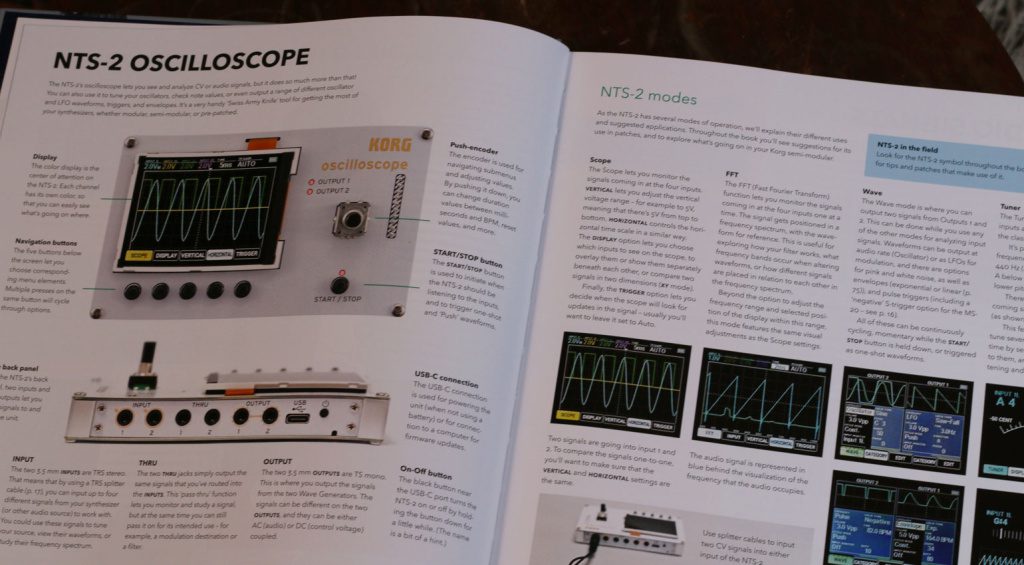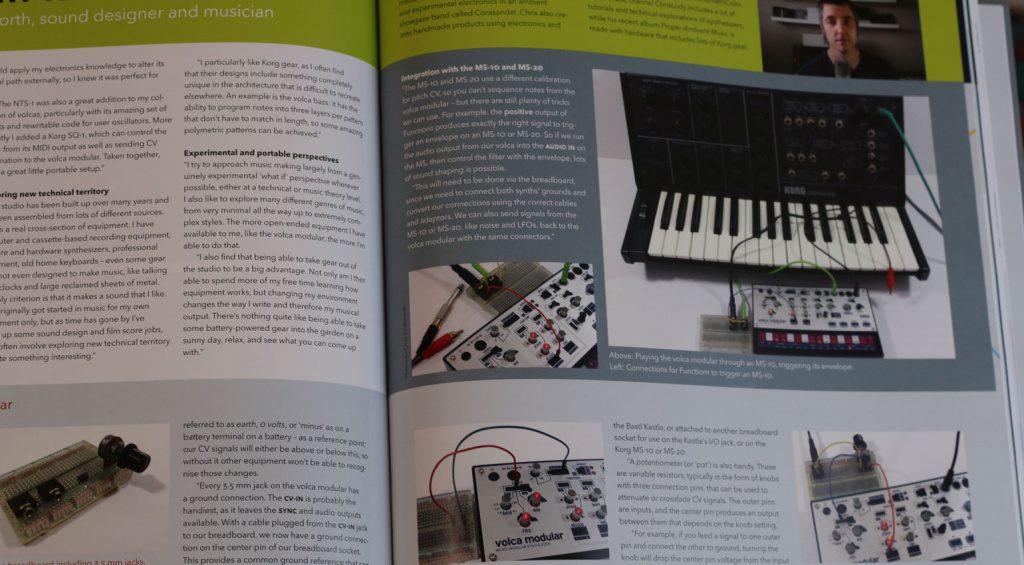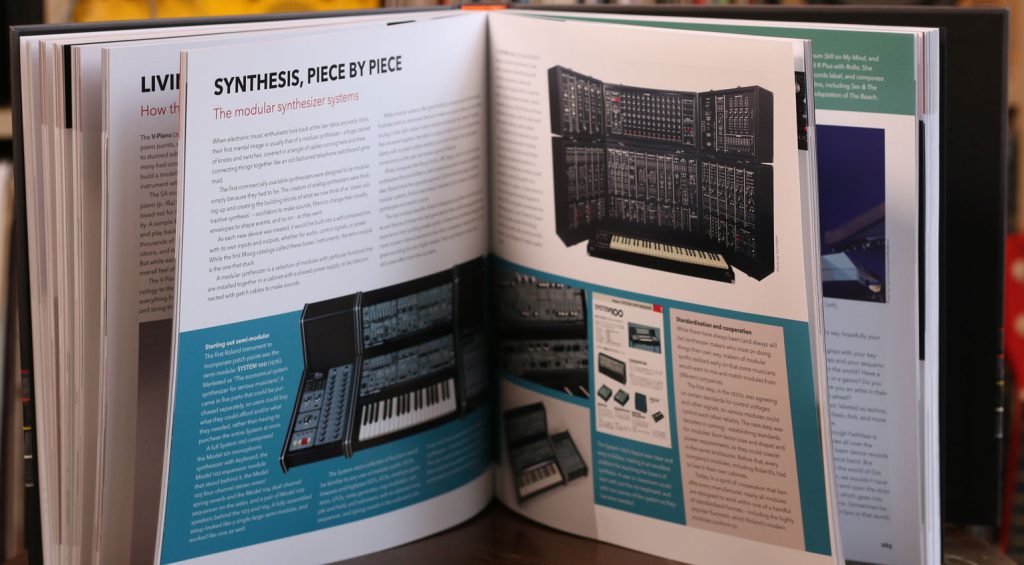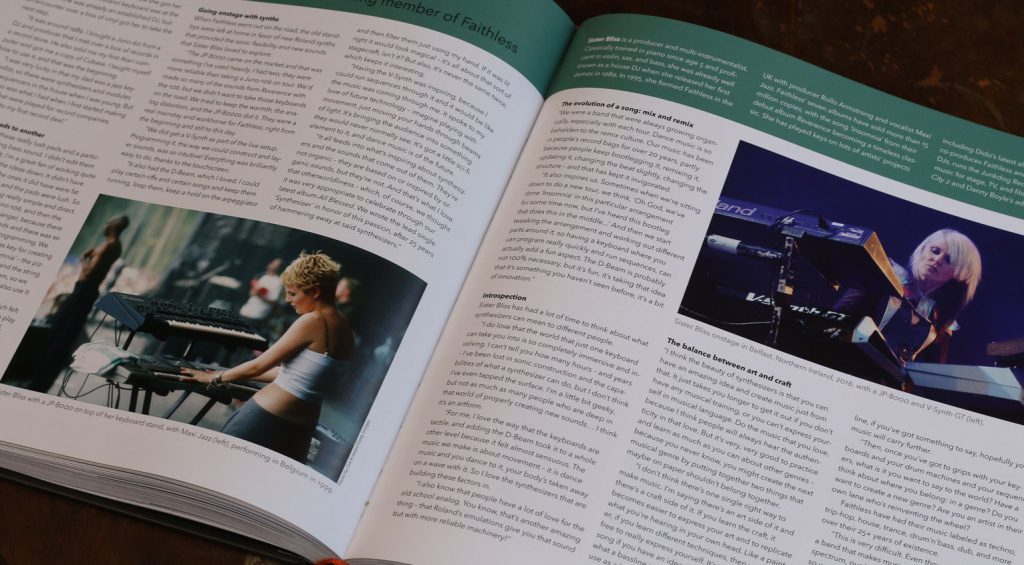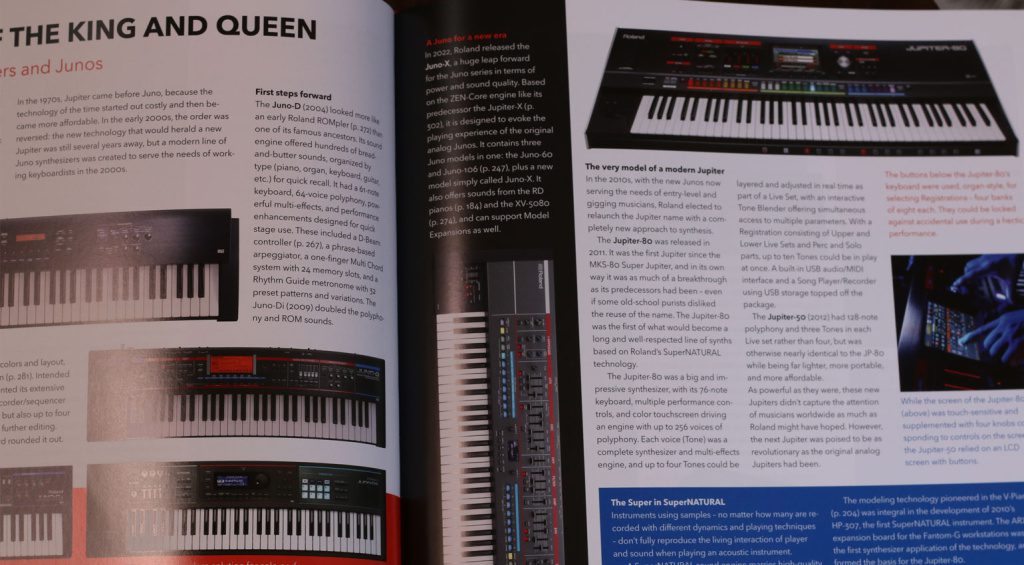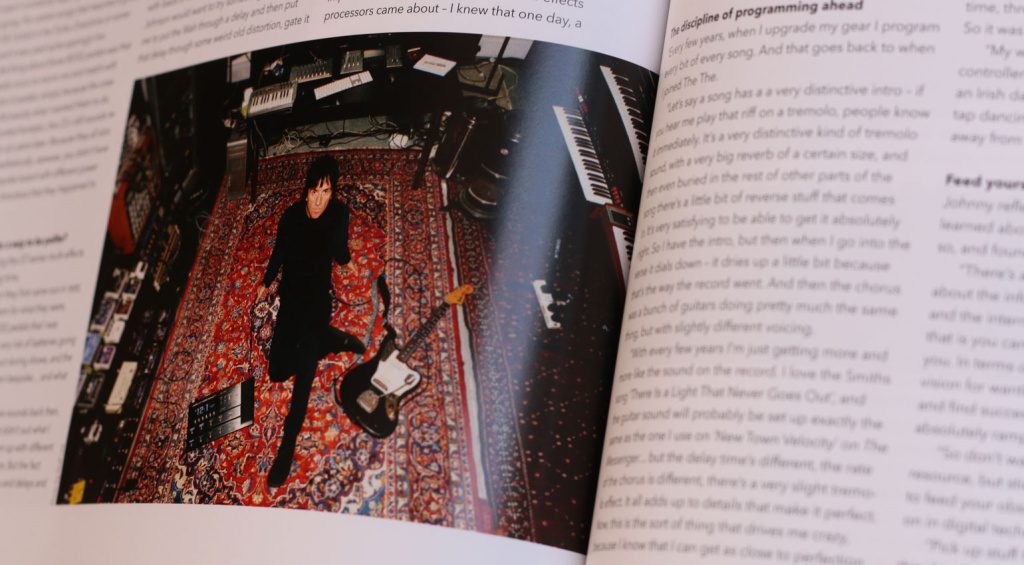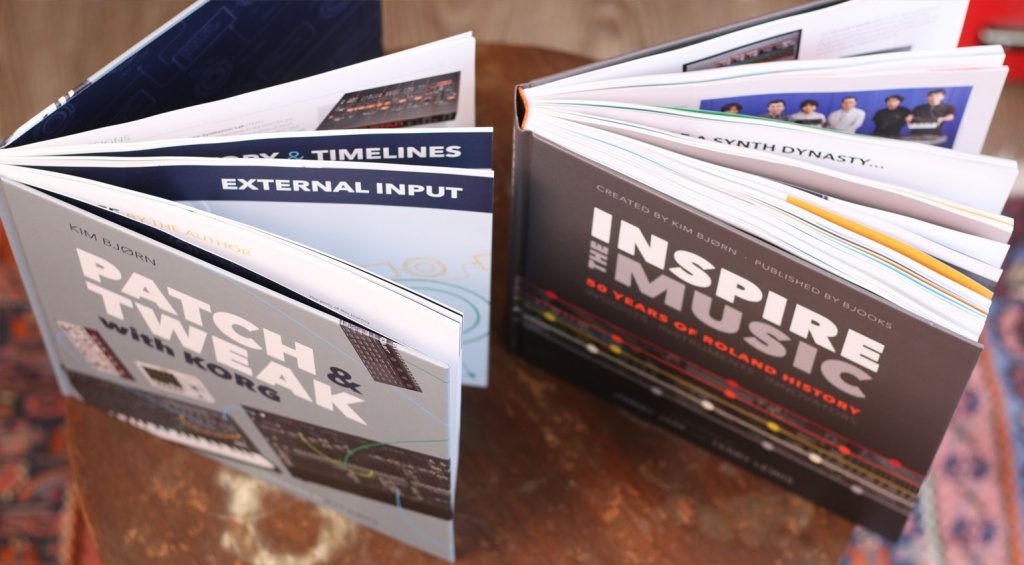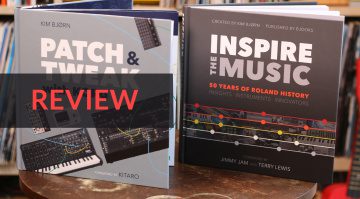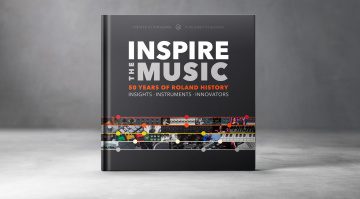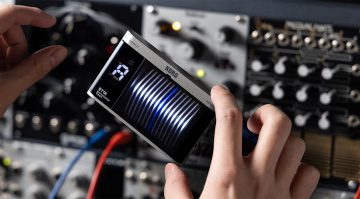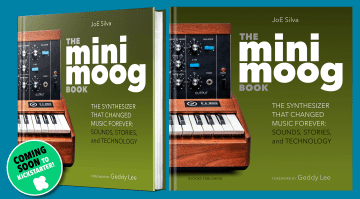Bjooks Patch & Tweak with Korg and Inspire the Music with Roland: Book review
We look at two new books by Kim Bjorn. One that gets you patching and tweaking with Korg semi-modulars and another that celebrates 50 years of Roland.
Published by Bjooks
Bjooks has cornered the coffee tables of musos and synth nerds with beautifully rendered books on electronic music gear. Largely driven by author and explorer Kim Bjorn, these weighty square tomes have covered guitar pedals, modular and synthesizers. The latest two books both expand and focus the series, delving into 50 years of Roland while making some patches with Korg’s latest semi-modular gear. Let’s curl up on a sofa with a fresh brew and check them out.
Patch & Tweak with Korg
The original Patch & Tweak, published in 2018, took us into the world of modular synthesis. Written by Kim and Leaning Modular’s Chris Meyer, it covered over 700 Eurorack modules and filled 368 pages with full-colour photographs and text. The point wasn’t just to be informational. It also aimed to help and guide the reader into understanding modular synthesis via tutorials and patch examples along the way. Kim followed it up with a similar book that focused on Moog’s semi-modular and modular synths. This new one is all about Korg.
Rather than being sidetracked into too much of the tempting historical riches from Korg’s extraordinary past, Patch & Tweak with Korg sets most of its focus on the marvels of the current synthesizer industry. In particular, it uses the reissued ARP 2600M and MS-20 Mini as the basis for exploring synthesis. It also spends time with the strange and experimental Volca Modular to push us into more unfamiliar territory. Much of the leg work is done through interviews with artists and engineers, which adds a level of fascination you won’t get with other textbooks on synthesizers.
Contents
The contents take you through every aspect of semi-modular synthesis, from oscillators to filters, envelopes and modulation. Both the 2600 and the MS-20 are famous for their external inputs, and so a whole chapter is given over to the input signal chain, envelope following and patching sources into the filter. Even the Volca Modular gets some weird patches to try out. Every chapter is peppered with diagrams and ideas that you could try yourself. And then we get transported into an interview where artistic passions are explored in the very thing we were just learning about.
There’s a killer combination of solid instructional information, beautiful photos, inspirational interviews and patches you can try yourself. You feel captivated at every turn. It doesn’t really matter if you have a Korg synth or not; the detail and learning you can gather from this book are transferable to any synth to some degree.
Do you need a Korg?
Patch & Tweak with Korg originally came out in a bundle with the Korg NTS-2 oscilloscope, and there are plenty of pages dedicated to it. It’s a fabulously useful device. But if you don’t have one, it feels a little bit like you’re reading a sales brochure. Similarly, with the other synths, you will undoubtedly reap the most benefit from this book if you are sitting next to an ARP 2600 or MS-20 or have a Volca Modular on your lap. I have none of these devices, and I do tend to find myself skipping the patches to devour the next interview or synthesis concept.
However, this is the best resource on semi-modular synthesis that I’ve ever come across. It’s going to be good for anyone with an interest in the subject. And rather than see a lack of Korg gear as the problem, you could see that this book has a built-in bonus for people who do. I mean, look at these interviews; Jean-Michel Jarre, Pete Townsend, Richard Devine and then Andrew Huang, Martha Bahr (Panic Girl) and Natalie Chami and many more. Loopop even contributed a patch, and ChrisLody breadboarding with the Bastl Kastle and Volca Modular was deeply interesting.
Kim’s writing style is one of exploration and wonder. Some of the material can be a bit dry and technical, and he handles it with warmth and a lightness of touch. There’s good clarity here, and the way it’s interspersed with great diagrams, tips and the use of colour is all excellent.
It’s a great book, and it’s going to make you want to buy a Korg synth.

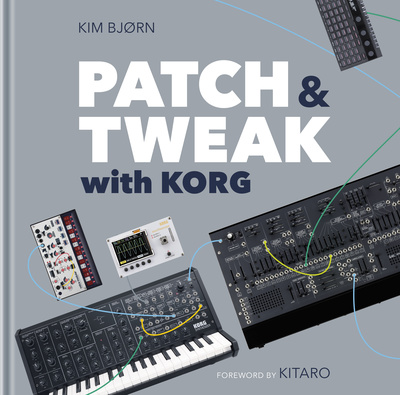
Bjooks Inspire the Music
This book celebrates 50 years of Roland and is definitely intended to be historical. But that’s not all because the charm and character of these books come from the interviews and the sense that you’re part of a story that touches on everything you think you know about synths. Such has been Roland’s influence.
The book doesn’t plough through a single timeline, although you’ll find one of those at the back. Instead it gathers itself together into useful sections and gives them 50 pages or so of in-depth analysis. The sections include Groove, Drums, Guitar, Keys, Synth and Studio, which also reminds you that Roland does a lot of stuff.
The writing style feels toned down a little bit from the awe and wonder of the Patch & Tweak series. It’s straightforward, clear and magazine-style readable. Kim tells me that there were many more contributors to this book which is probably why the tone is a little different. I like the way it cuts in examples of usage and comparisons to other products and pulls us along with the historical context. I feared it might get a bit hyperbolic, but it doesn’t; it’s much more balanced and inquisitive than that.
There’s a huge amount of product and information to get through, and too much enthusiasm would get very tiring. So it’s pitched really well; I feel I’ve already learned a lot more about Roland synths than I thought there was to know.
Vintage charm
Flicking through the pages, it’s hard not to be charmed by the vintage gear. And perhaps feel a little nostalgically bereft when faced with the ACB and ZenCore technology of today. Many pages are given over to explaining the Plugin/Plugout concepts, the intention behind the Boutique synths, the layering of sounds and synth engines made possible with ZenCore and the meshing of hardware and software.
Roland is often criticised for favouring software emulations over revisiting its analogue heritage. Kim handles this by combining clear information with interviews from the engineers that designed it and the artists that use it.
And these interviews are a key aspect of what makes this book awesome. They also give a window into how the current Roland synths are serving the music industry of today. It’s interesting hearing Nick Rhodes talk about his love of the hybrid JD-XA while finding something like the Fantom hard to navigate. In comparison, musical director Ashton Miranda considers the Fantom to be the elite choice for live shows. Guy Fletcher from Dire Straits talks up the genius of the System-8 plug-out technology. While former Roland president Jun-ichi Miki talks about how the Jupiter-Xm is his personal dream synth. That’s something that producer Joe Wolfe agrees with.
Hard-working instruments
So while many of us would love Roland to reissue beloved analogue synths from their back catalogue, the reality is that Roland builds instruments for hard-working, creative professionals rather than enthusiasts, and this book is full of people attesting to that.
Inspire the Music is about far more than synthesizers. There are pages on neo-baroque pipes organs and harpsichords, pianos and arranger keyboards. You’ve got sections on Boss, loop pedals and cube amps. Groove boxes, drum kits and the Space Echo are all represented and fully investigated. Roland really have influenced all areas of music production.
Conclusion
These books are great. They are packed with fascinating material, interesting commentary and inspiring ideas. Kim has a great ability to bring together artists and engineers to inform on the story of the gear. This sheds new light on these fabulous instruments. While Inspire the Music has a historical importance, the Patch & Tweak series feels much more immediate and something you would open in the studio, not just flick through on the coffee table.
The interviews thread through a sense of being part of the community of synth enthusiasts. It humanises the subject and reminds you that it’s about more than the gear, and that’s beautiful.

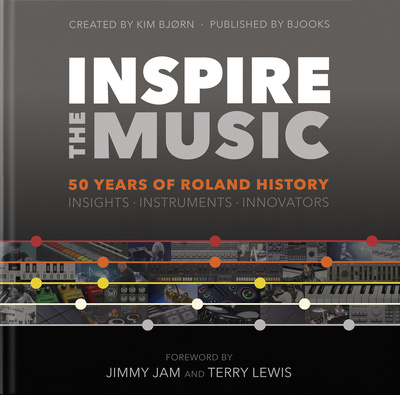
If you have an interest in synthesizers or electronic music gear, then these are for you.
- Bjooks website.
- More from Bjooks.
- Bjooks on Thomann (affiliate link)

 4,9 / 5,0 |
4,9 / 5,0 | 